Welcome to our weekly column dedicated to everything Consular and Inquisitor. If you have a suggestion for a topic you’d like covered in this column, drop Tim a line!
Both the Sith Inquisitor and Jedi Consular offer you the choice of a melee character or a ranged one. The melee classes are close up action where you are fighting alongside your companion or other players in a group, whereas the ranged characters fight from a distance.
The Sith Assassin is the Melee character, and the Sith Sorcerer is the ranged class. For the Republic side the Jedi Shadow is the Melee class and the Jedi Sage the ranged one. The classes on opposing sides are very similar in their abilities (albeit it with different names) so after a period of familiarisation either should feel comfortable to you.
So how do you make the decision on which way to go?
Firstly from a faction viewpoint, you will likely have an opinion on which side you will want to start playing – I rushed to create a Sith Inquisitor for the “dark side” experience (although of course you can make “dark side decisions” as a republic player) and then moved to the Sith Sorcerer because I like the ranged attacks more than melee.
Another decision which can play a factor in melee vs ranged is server location. Aussie SWTOR players in general have until recently suffered a disadvantage compared to their overseas opponents, mostly due to our physical location. Most SWTOR servers reside in other countries and as the game has to send and receive information to and from the servers you can see that in theory the further away you are from the action the more you could suffer a disadvantage. Even though the time is measured in milliseconds these differences count.
SWTOR does a good job generally of trying to even things up to a degree, but with PVP in particular things can get very hectic. Play SWTOR for any period of time and you will hear about lag. This becomes an issue because every single key-press or mouse-click has to be transmitted. And of course information on your surrounding areas (opposing players movements, NPCs, and anything else that moves or does something) has to be updated. The reality is if other players reside in the same country as the server, then it takes much less time for their key-press or mouse click to be sent and received as well as the other game state updates. We are still talking milliseconds here, but in a PVP situation milliseconds can count. Depending on the lag you might find the opposing player has time to issue several commands to your single one – And from their point of view, you seem to be very “slow” and easy to defeat as a result and he/she seems almost invulnerable because every time you go to attack he/she beats you to the punch.
The reason the melee vs ranged decision is a problem on overseas servers is how the classes operate. The up- close melee classes can suffer more with lag in my experience than ranged classes. One example is a “from behind” attack (Jedi Shadow and Sith Assassin). If you have lag issues it’s going to be harder as a rule to position yourself quickly as it’s more about co-ordinating movements and attacks at the right time versus just issuing attacks as a ranged class.
So yes we Aussies and New Zealanders have a good excuse of why we are not good at PVP. Well maybe not! While there is not doubt lag plays a part a good player can work within these limits. In any event, the good news is that all of this has changed with the recent introduction of local servers in Australia.
So when it’s available, make sure you move your characters to the Australian servers to eliminate this lag problem, because most of the players on these servers will be Aussies meaning that lag should generally be a non-event. And if we find some overseas players on the servers then it’s our chance to use their lag to our advantage. I’ve already had some interesting discussions with some overseas players complaining about the lag on Aussie servers 🙂
Out of interest you can hover your mouse in game over the latency button to get a general idea of your speed. Also known as your ping. As you can see in the two pictures, I have shown you my ping on an American server and an Aussie server . As you can see with the exact same Internet connection the American server has about four or fives times high latency than the Aussie server. This can make a big difference.
In case you are wondering, I am with Bigpond Cable on their Ultimate package and loving the 33 ms latency. I moved there because it is the fastest possible Internet access in my area. Add local servers to the mix and I am in heaven!
With lag being taken out of the equation, other factors in deciding which advanced class apart from the melee or ranged questions are, whether you wish to focus on healing, whether you like the benefits of invisibility, if you want to be a tank in game, to name three common ones.
Make sure you choose carefully though because once you choose between melee and ranged, it can never be changed for that character. That said, the thing to remember is that you only need to level up a character to around level 10 and leaving your first planet, to get access to the advanced classes. So there is nothing stopping you from leveling up a few characters and trying both sides before deciding where to put your focus in the long term.
Thanks for reading and I’ll be back next week!
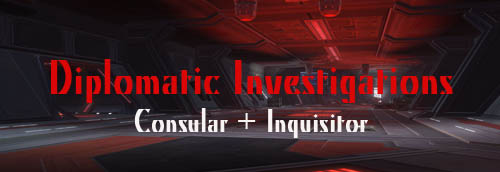
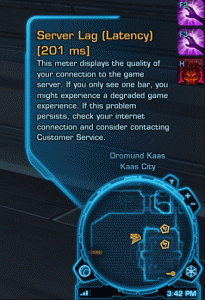

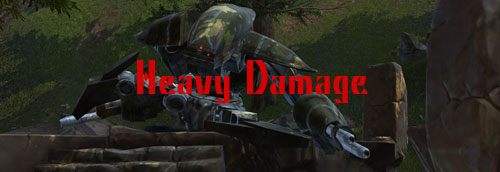
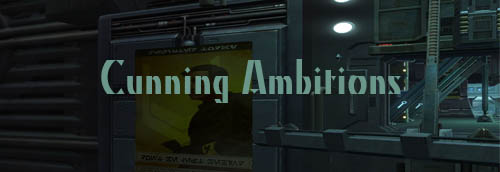
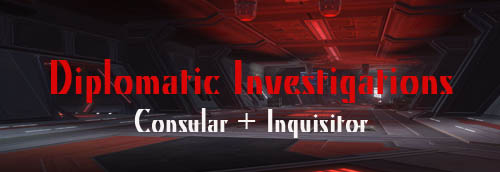
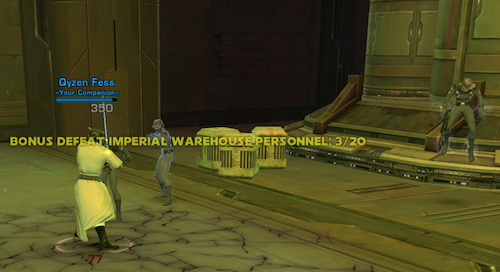
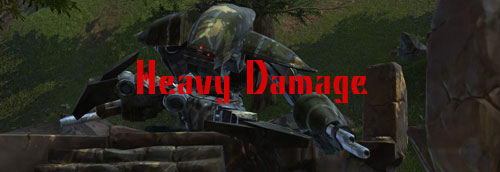
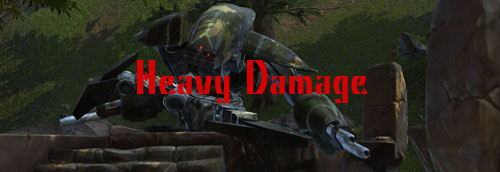

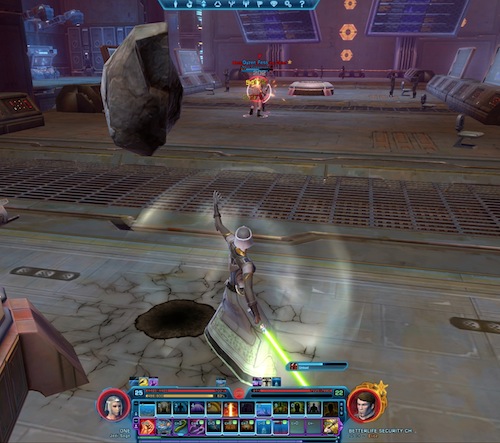


Recent Comments